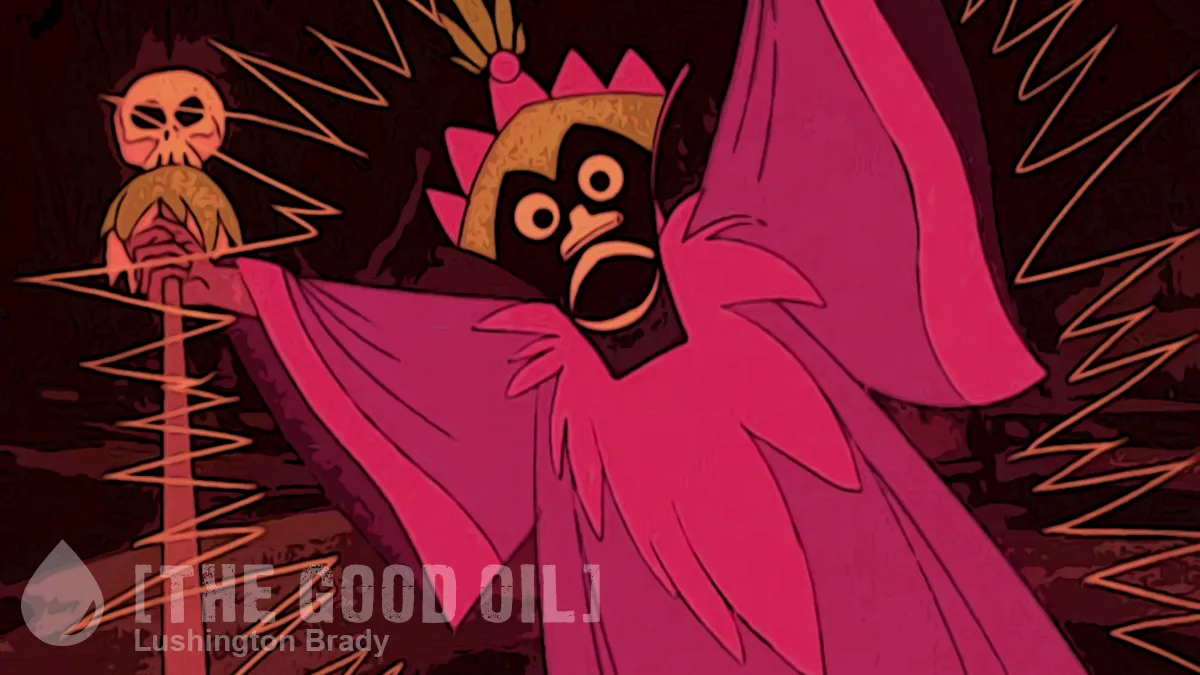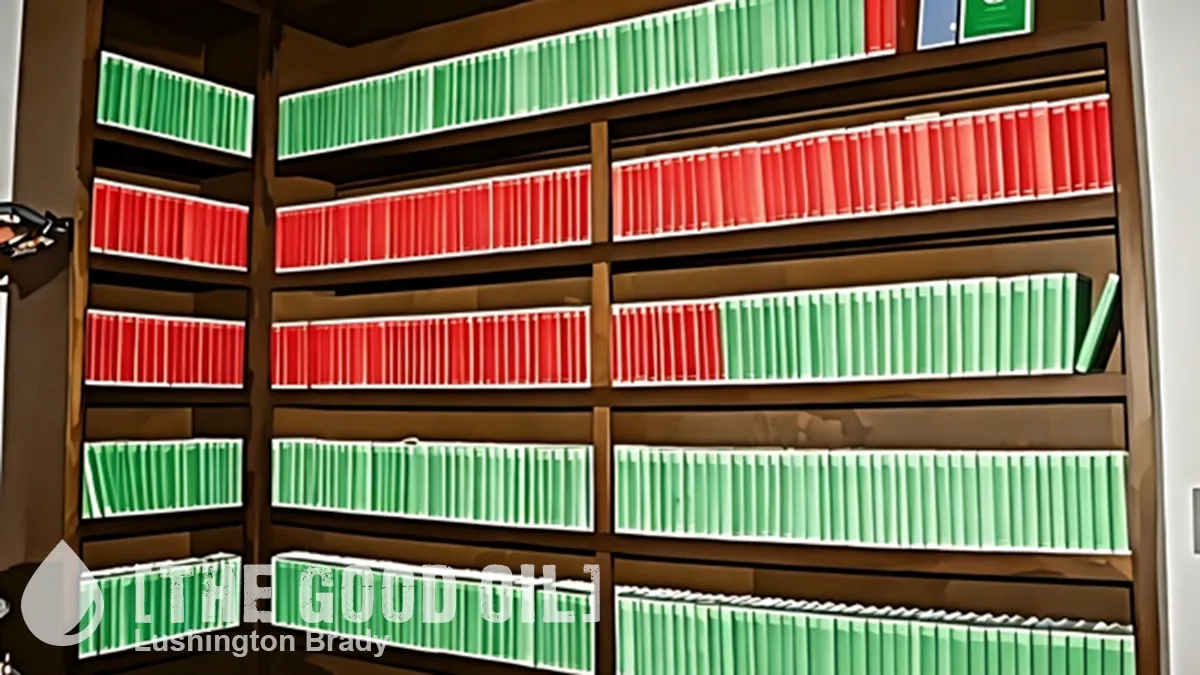Some time ago, I researched the question of who was the first scientist to set foot in Australia?
Bear in mind that science qua science did not exist until the Scientific Revolution of the 16th–17th centuries. Before that were isolated instances of ‘science-y’ pursuits and technological developments, but actual science as a worldview and systematic pursuit did not emerge until early modern Europe.
Some early European explorers were enthusiastic scientific amateurs but little more than dabblers. The first voyage of Captain James Cook was undertaken for a specifically scientific purpose, measuring the transit of Venus in 1769. Cook’s company thus included an astronomer, botanist and two naturalists (or biologists).
And so, it was Swedish naturalist Daniel Solander who became the first true scientist to set foot on Australian soil. Four years later, the astronomer on Cook’s second voyage, William Bayly, was the first scientist to set foot in Tasmania.
If we’re to believe the woke revisionists, though, there were ‘scientists’ strolling Australia for tens of thousands of years.
Was so-called ‘indigenous science’ anything remotely like real science, though?
What we’re supposed to fawn over as indigenous science was nothing more than a handful of observations of natural phenomena admixed with a heapin’ helping of oogabooga magic. In fact, Aboriginal culture remained technologically rooted in the Old Stone Age while being riddled from top to bottom with a complete belief in sorcery: the weaponisation of magical powers, usually via the medium of spirits.
Nothing could be further removed from science.
Aboriginal author Dick Roughsey outlined some of the many different techniques available to the well-rounded sorcerer in North Queensland:
Bulla-bulla is another type of sorcery. For bulla-bulla a man must get some hair from his victim, or anything that has the sweat of a man or woman on it, like a piece of clothing. He puts the hair or clothing between two trees that rub together in the wind. As the hair or material is ground away into a fine powder, so the life of the victim fades away.
“In my travels around Cape York I have seen many paintings of men and women that were done for puri-puri (sorcery). Some of the figures are painted upside down, which means they are dead or going to die. There are no caves on Mornington, so our old people scratched the figures or the man or woman they wanted to kill on the smooth bark of a tree. Then they jabbed the figure with a spear and chanted a curse so they would die […]
“Another puri-puri is done by throwing your wind at a man. That is done by tugging your beard with your hand and then throwing your hand at the enemy as you blow through your mouth saying ‘shoo, shoo, shoo’. To make the man sicker still, you find his footprints or his buttock marks where he has sat, and pull your beard again and throw your wind at his tracks. If a man’s footprints are poked with a yamma (digging) stick he’ll get sore feet.”
While such sorcery is at least rule-based – that is, follow a precise prescription and a precise result will supposedly follow – to call them ‘science’ is as ludicrous as putting astrology on the same footing as modern astrophysics.
Besides using sorcery to kill enemies or bring rain, Aboriginal magical beliefs included a bewildering plethora of dietary rules. In Central Australia, for instance, boys who ate emu fat would experience abnormal development of the penis, while eating female bandicoot would cause them to bleed to death during circumcision. These dire outcomes did not apply if the forbidden foods were eaten in old age.
Interestingly, there are also food restrictions imposed on relatives which somehow when transgressed can also inflict penalties on the young boys. While the Arrakurta (newly initiated man) is out in the bush the actual mia, that is, his mother, may not eat opossum, large carpet snake, large lizard, and fat of any sort, or else she might retard her son’s recovery (from the circumcision wounds).
This is hardly consistent with a modern ‘scientific’ assessment of food nutrition.
For those wokesters who would have it that the observational skills of Aborigines (or Māori, or other indigenes) amounts to ‘science’, in fact such traditional knowledge fails the definition of science on two critical respects.
Firstly, falsification. The Aborigines have never subjected their beliefs to the rigorous falsification process required by modern science. Secondly, Revision. Aborigines do not appear to have revised their hypotheses in the light of evidence to the contrary. Eating a kangaroo tail in all likelihood does not lead to premature aging of young boys, though, to quote from Tony Thomas, ‘Today, this might need scholastic verification financed by an [Australian Research Council] Grant.’
Moreover, the observational skills of indigenous peoples was far less important in traditional culture than the ‘indigenous science’ spruikers would have us believe.
The man most admired (and feared) in Aboriginal society was not the ‘scientist’, but the one who wielded the magic and the sorcery. From Daisy Bates in the Kimberley:
“Old men who have lost their hunting prowess, with the cunning of the fox and magpie, make sorcerers of themselves, and by watching and smelling among the naked hunters, are able to discover those who have killed and eaten. With spells and bone-pointing their evil suggestion is fatal, and their living easy.”
Which sounds a lot like Mark Twain’s apothegm of the the first con man meeting the first fool.
It certainly bears no meaningful resemblance to science.









